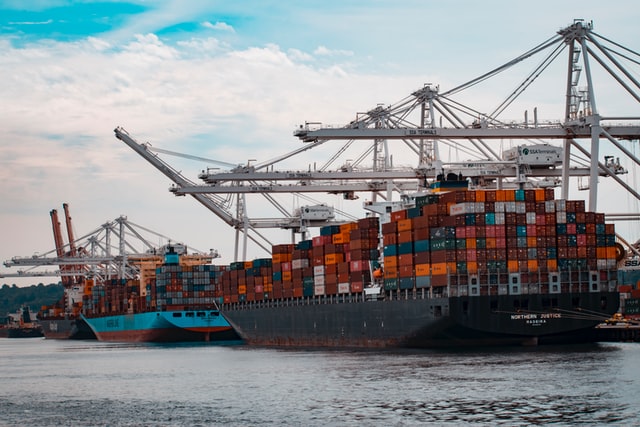Flexibility – The key to the supply chain of tomorrow

Current situation
Supply chains around the world have had to endure various disruptions in recent years, such as natural disasters, the trade war, and so on. However, for many companies, the COVID-19 outbreak has arguably had a more significant impact than these disruptions. This is due in part to the fact that COVID-19 has led to a standstill in production for various companies. The magnitude of this outbreak and the consequences it has brought to supply chains were unanticipated, leaving some companies struggling.
A primary reason for some companies being unable to cope seems to be the rigidity of some supply chains. This rigidity stems from the supply chain’s siloed systems that hinder the ability to have readily available information to make decisions in terms of suppliers and other processes throughout the supply chain. This, in turn, means that supply chain decision-makers are not able to make quick and informed decisions to withstand or at least decrease the magnitude of disruptions in supply or rapid changes in demand.
Towards flexibility

A flexible supply chain that can overcome situations such as the one we are currently facing is one with a single source of truth. There is then a need for fast and reliable information, which can be aided by technological advances that enable supply chain transparency and accessible data analytics. This can, for instance, allow supply chain decision-makers to rapidly switch to alternative suppliers in times of need, like currently. However, such a change is not possible if your data comes from different sources and in various formats, as it slows down the process of information reaching supply chain decision-makers. Therefore, it is vital to create data centralisation in your supply chain to enable you to be flexible.
Flexibility can also be achieved by moving towards an integrated supply chain that has broken down data silos. This integration allows for better planning but also gives supply chain decision-makers the ability to act according to sudden shifts in supply or demand. Whether these shifts are caused by supply disruptions, equipment failure, or trends, an integrated supply chain can better manage them as it has access to critical information from across operations. For instance, as product life cycles shorten, it is crucial to have a supply chain that is flexible and well managed, which can change according to new customer needs. By integrating your supply chain both vertically and horizontally, you can move towards a flexible supply chain that is ready to withstand supply disruptions but also volatile demand and any other changes that may arise.
A flexible supply chain is then one that is agile and adaptable, allowing for market volatility. It is also customer-focused and, as such, will adjust to customer complex demand patterns by continuously improving itself, meeting customer expectations. This new flexible supply chain allows you to adopt strategies that take into account various factors while being conscious of your business goals, ultimately giving you competitive advantage.